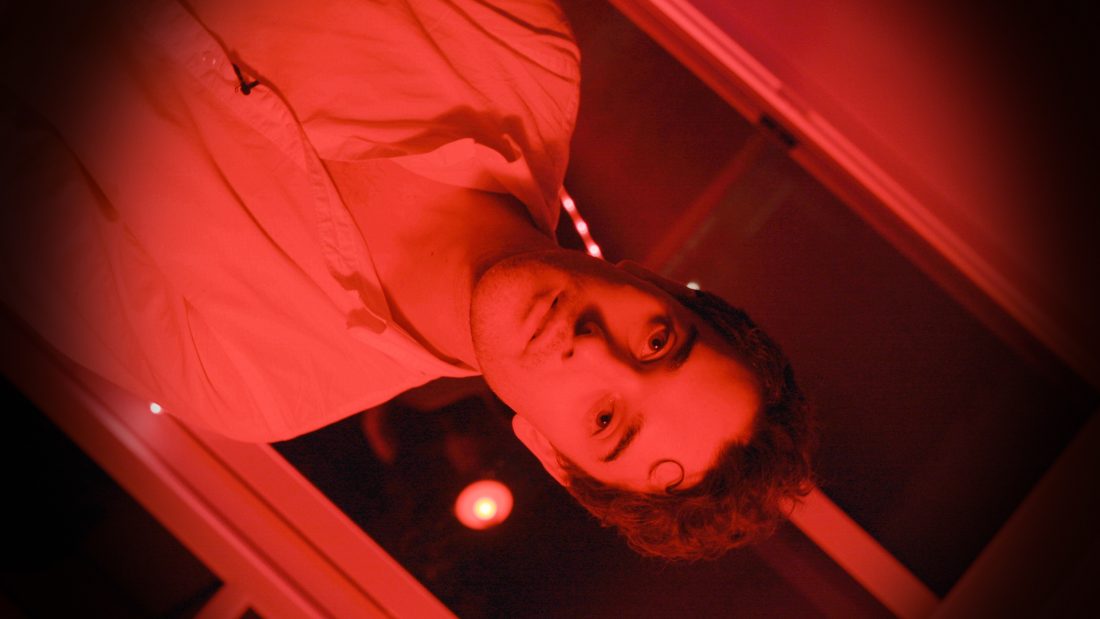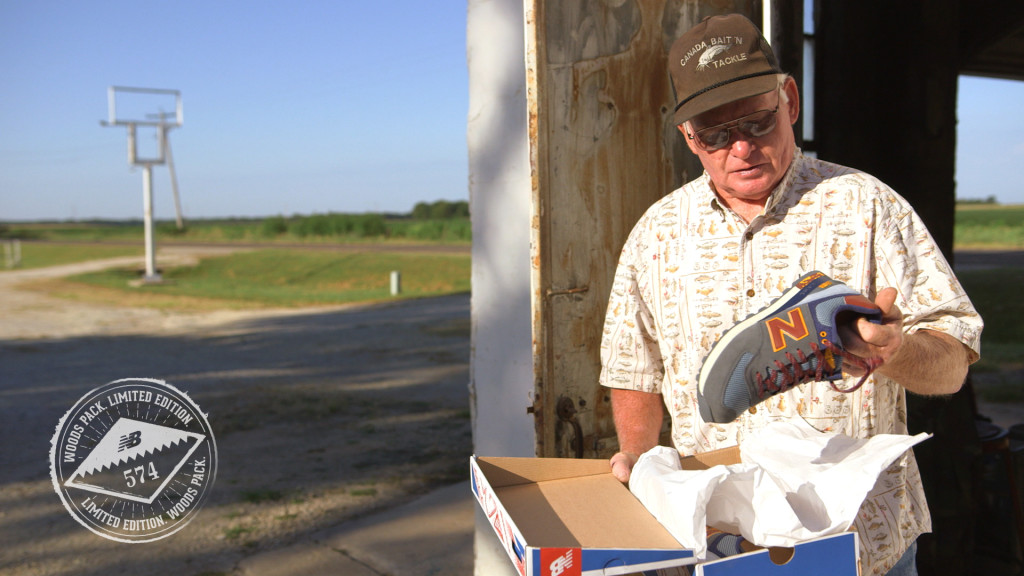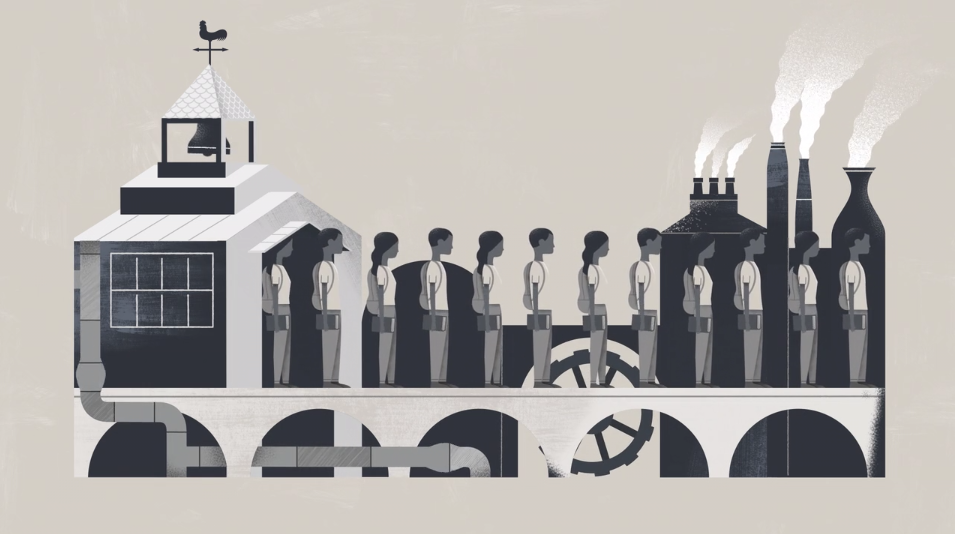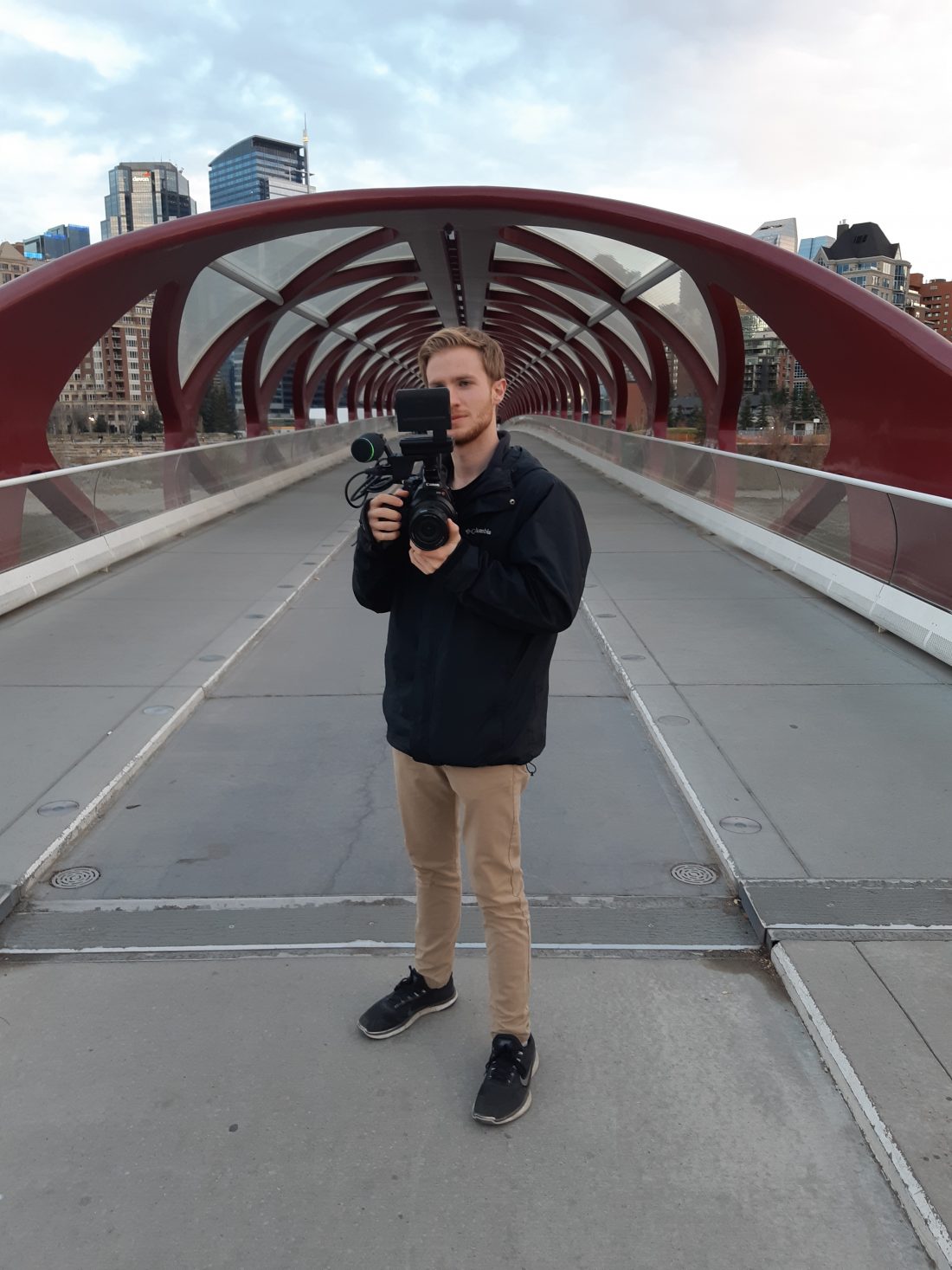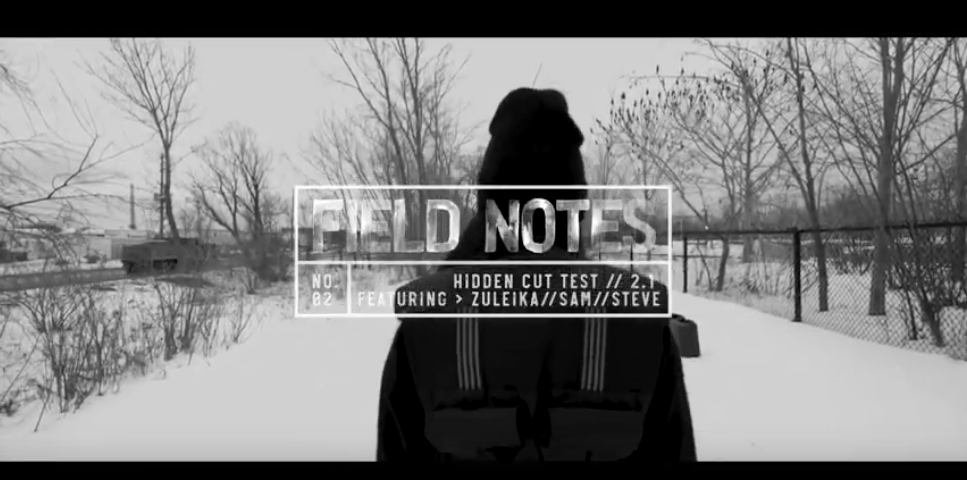
Field Notes II: Camera Move x Transitions
Faking a long single take.
For this Field Notes, I was inspired by Birdman in conjunction with an American Cinematographer article about a particularly tricky ‘oner’ in “Escape from Dannemore”.
Which is why I decided the newest Field Notes should tackle faking “a long single take”.
I wanted to show how you can secretly stitch together multiple shots to create the illusion of a long single take, while using edits to simplify the process. This workflow ensures a small production or actor error late in the scene doesn’t blow the entire take.
I also needed to show a concept usually reserved for 9+ minutes in under 3 minutes.
I decided the answer was to sneak in as many cuts as possible into my fake long single take. In total, the spot contains 10 cuts in 2 minutes and 15 seconds, averaging 1 cut every 13.5 seconds. And because I love a challenge, I wanted a variety of different techniques to hide the cuts; like dip to black, wipe the frame, whip pans, and frame matching. And I wanted to challenge myself to move the camera in unique ways – switching from Gimbal, to car mount, to handheld. This subtly informs the viewer that something is happening, while being hidden enough to maintain the seamless illusion of a long single take.
Now that I had my technical wish-list planned out, I could get to the part of the project that any good filmmaker will tell you should have (and in client circumstances would have) come much earlier: the story. The challenge? I didn’t have one. People do not want to watch a clipboard be carried through our office in one long fake shot with no payoff. Believe me, I tried it, that was Version 1.
Eventually, a plot featuring secret agent shape-shifting aliens delivering the suitcase from Pulp Fiction took shape over the framework of a single-take heist. The Field Notes budget skyrocketed with the addition of Sam in-front of AND behind the camera, bringing cast and crew from 1 to 3, along with a beautiful Canon EF 11-24mm F4 lens, capable of covering the full frame sensor on our Canon 5D Mark iv. Time to get shooting!
First thing I learned was I really should have spent more time on the writing. The characters are weak, and there is a crazy amount of loopholes all over the place. The second thing was the importance of planning ahead. An hour was spent the day before simply working out the logistics of getting Zu into the car and pulling away, in one take. With the number of shots taking place outside (during a brutal time of year) we had to get moving quickly so as not to lose daylight and ruin the continuity.
Matching frames directly or during a whip pan is incredibly important to selling the single-take effect. And as seen in Birdman, a slow movement where only a single frame is clear of all actors can be used as a hidden cut point if the frames match precisely. The less the frames match, the faster the move must be to incorporate motion blur to hide the cut. However, an unmotivated camera move can bring attention to itself, and the suave viewer will know something is being hidden from them in your fake long single take.
The use of a handheld camera was built into the script for technical reasons, creative reasons and to work around our time constraints. Using handheld meant finding a balance between matching frames as close as possible, and speeding up the movement to find the happy medium for a successfully hidden cut.
With a cast and crew totaling 3 people, all on location, we had a blast brainstorming, otherwise known as calling out my terrible story, trying to logic our way around the hidden backstory of agent 1’s mission to take over the van, and developing reasons behind the camera direction. What would I have done differently? In retrospect, we could have used a few more hands. Someone dedicated to viewing the takes on a wirelessly connected monitor with an onion-skinning program would allow reviewing and matching frames from two sides of a cut much more comfortable. Multiple operators could have added to our roster of impossible hidden camera moves, and sometimes it’s just nice for someone to do a Timmies run when shooting in the snow.
That being said, I had the full strength of Q to help during the post-process.
Sam operated the camera for my cameo, Josh’s graphic wizardry allowed the camera to travel through the screen, and Matt flushed out the final piece with fantastic sound design.
An exercise in transitions and camera-moves became a complete and coherent (very) short film worth its weight in mysterious black cases.
Having trouble spotting all the cuts in the long single take? Check out below to see how it’s done!
|| Check out more of Steven’s Field Notes HERE ||

